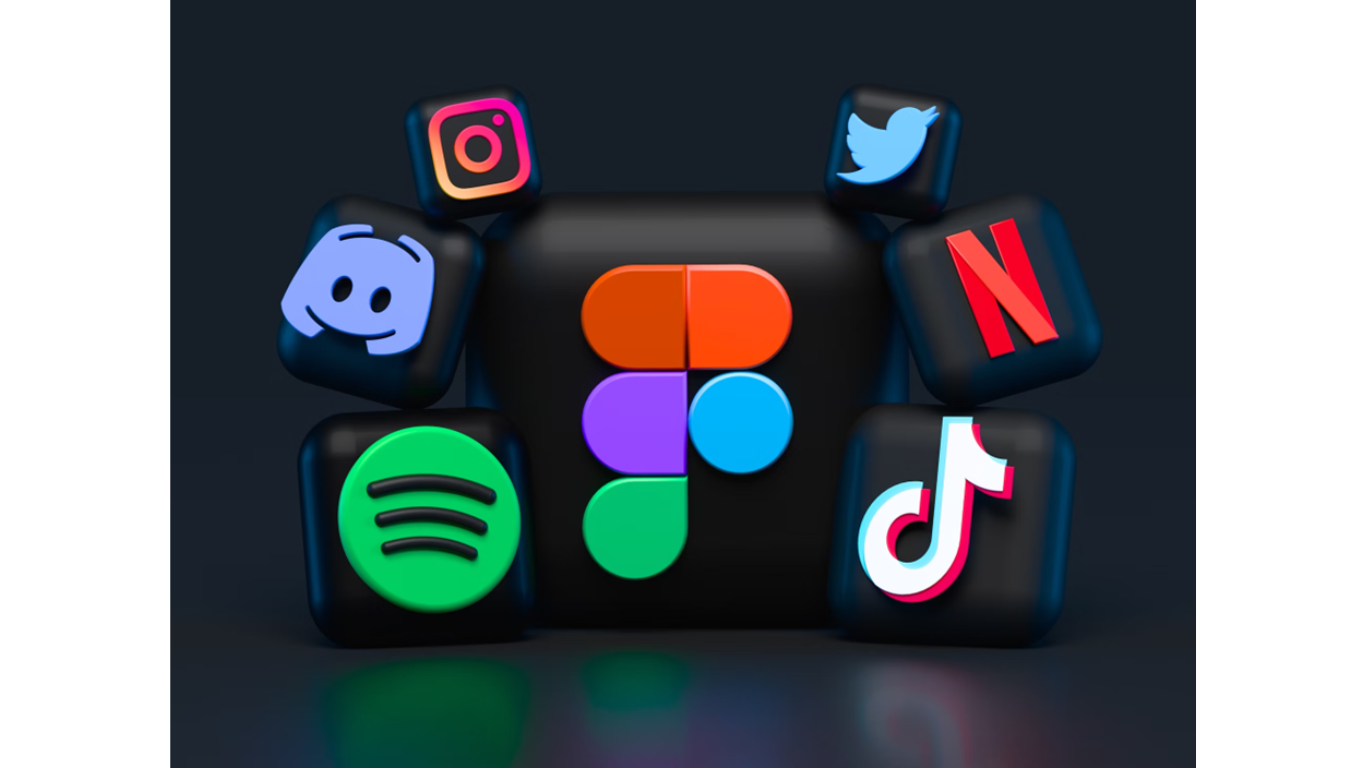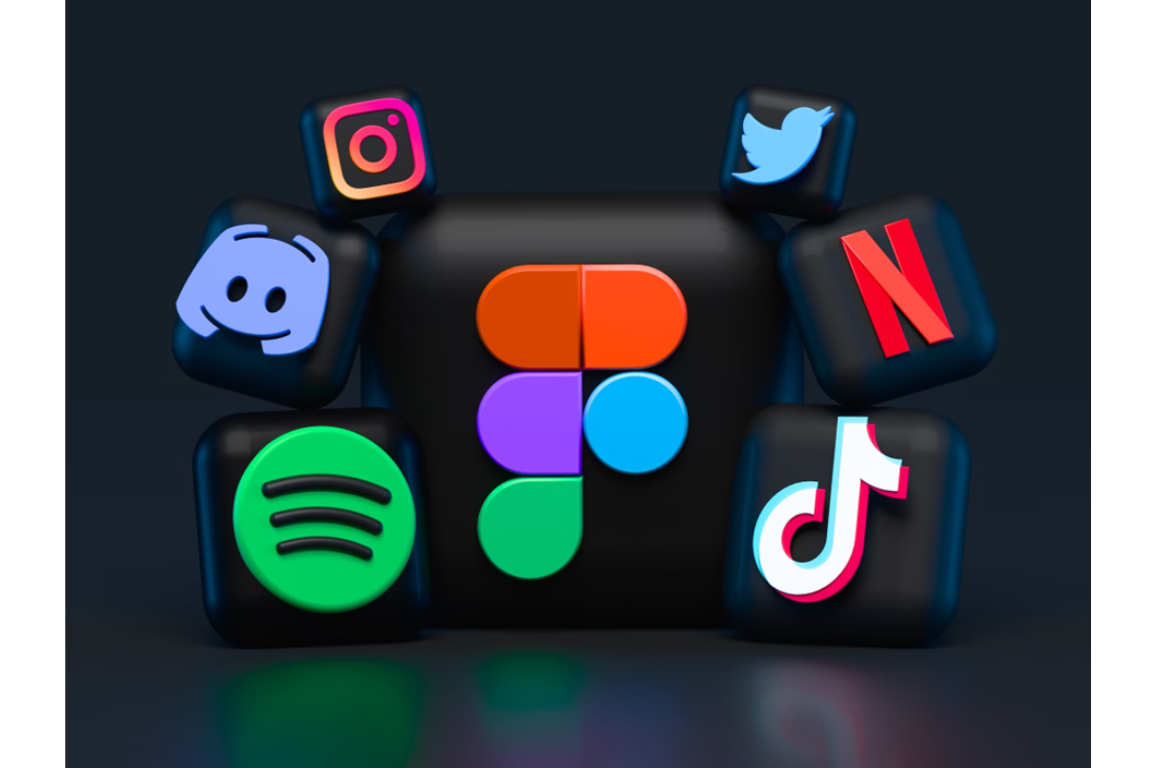
Social media has transformed marketing. Back in the day, these were platforms that were simply online meeting places, but now, platforms such as Instagram, Facebook and TikTok are incredible tools that big businesses can use to tackle business. Out of these platforms, Instagram has been a leader of these platforms and has great marketing potential for brands.
Outstanding changes in social media marketing practice will come in 2025, such as artificial intelligence, Instagram promotion services, augmented reality, live video streaming, and many more. To be successful, companies need to understand Instagram’s capabilities and trends.
This article examines how Instagram is now a prominent marketing force and where experts predict it will go. However, it exposes Instagram’s specific opportunities for brands now and in the near future.
Instagram’s Rise to Prominence
Starting as a photo-sharing app, Instagram turned into an active multimedia platform, launched in 2010. In 2012, the social networking company Facebook bought Instagram for $1 billion, and it quickly became a hit, with 1 billion monthly active users in 2018.
As opposed to other platforms where users rely on text or link sharing, Instagram has been more visual media-focused and, therefore, allows for more dynamic storytelling. Brands can provide their products as well as behind-the-scenes content through photos, videos, stories and live broadcasting to their followers. This visual nature of Instagram adds to the fact that Instagram is one direction, one image, not overflowing with text, the text being done beautifully, organically, and visually.
Additionally, Instagram offers sophisticated advertising capabilities through Instagram Business. Here, companies can target customized audiences and promote content to relevant users. They can also analyze performance through intuitive analytics.
Because of these features, Instagram has become a go-to marketing platform. According to HubSpot research, over 200 million Instagram users visit at least one business profile daily. For companies, the platform drives website traffic, increases brand awareness, and boosts sales.
Current Marketing Trends on Instagram
Recently, certain marketing tactics have risen to the forefront on Instagram, including influencer collaborations, shoppable posts, AR try-ons and giveaways. Experts expect these trends to continue growing as Instagram’s tools advance.
Influencer Marketing
Influencer collaborations dominate marketing strategies today. In this popular tactic, brands sponsor Instagram users with large, targeted followings to promote products. Having more than tripled since 2019, the global influencer marketing industry is valued at 21.1 billion US dollars as of 2023.
Influencer posts offer brands two major benefits: increased credibility and further reach. Followers view influencers as trusted sources, more so than branded content. Their ability to broadcast to wider audiences makes partnership invaluable, especially for small businesses lacking awareness. As Instagram grows, experts predict influencer marketing will grow too.
Shoppable Posts
Shoppable posts make the user buying experience more simple with in-app purchases. Instagram first tested this in 2019 with brands like Adidas, then rolled out enhancements like shop tabs and product stickers.
This browsing-to-buying journey is seamless, and users stay on the platform to increase their sales potential. Starting in 2023, Instagram will begin becoming the main e-commerce platform for most brands, and shoppable post capabilities will extend further.
Augmented Reality
Augmented reality is a kind of overlay of digital effects on the real world through a device’s camera. On Instagram, AR allows virtual product sampling like virtual makeup try-ons.
AR try-ons, used by companies like MAC Cosmetics, reduce return rates by showing accurate colors on varying skin tones. They also drive sales and social sharing, creating viral marketing moments.
Though still early in adoption, AR try-ons are expected to explode over the next few years. Meta, Instagram’s parent company, recently launched AR development tools for increased branded experiments in the space.
Giveaways
Giveaways drive hype and engagement by offering prizes to lucky followers. Often run through third-party apps like Gleam, they help brands rapidly gain followers, email subscribers and UGC content.
Experts consider giveaways a cost-effective way to grow audiences. Because they are easy to set up and scale, sponsor requirements like tagging friends or sharing posts also expand reach.
As Instagram continues growing in poorer nations, the app may evolve into a gateway for accessing coveted brands and products. Giveaways will help these companies enter new markets and gain followers.
The Future of Instagram Marketing
While influencer sponsorships, interactive content and giveaways dominate today, Instagram innovation will unlock new marketing tactics down the road. From better analytics to integrated messaging, brands will gain more advanced, targeted opportunities to engage users.
Expansive Shopping Features
As commerce continues moving online, Instagram aims to lead the way in shopping discovery. They are currently developing personalized product recommendations and shoppable videos to keep users browsing longer.
Additionally, Meta announced plans for digital storefronts and expanded checkout capabilities in 2023. Soon, brands may sell products directly through Instagram without external websites. As the platform simplifies selling, experts expect record e-commerce conversion growth.
Advanced Creator Monetization
Historically, influencer monetization (beyond sponsorships) has been limited on Instagram. However, subsidiary platforms like Facebook are launching creator funds, paid subscriptions, tipping and more ways for individuals to earn.
As these features expand to Instagram, influencer marketing will transform. Monetization may become better, therefore allowing smaller, niche creators to profit from it. It may also enable Instagram to compete with TikTok, which is now surging and where creators make more.
Overall, this will expand the sponsorship opportunities for marketers in terms of additional creator monetization. Nano influencers in the industry will work with brands to provide specialized recommendations. The more influencers that are involved, the more granular audience targeting Instagram will be able to provide.
Direct Messaging
The DM feature on Instagram is basic today; users can DM people or groups, but the features are minimal. Meta is combining its WhatsApp, Messenger and Instagram Direct platforms into one unified messaging system.
Combined messaging is a complete marketing opportunity. They can chat directly with their followers to provide support and recommend and offer exclusive deals. The backend systems will also provide an integrated platform for easy communication between platforms.
For small businesses, messaging provides a personalized touch impossible through feed posts alone. As algorithms increasingly throttle branded content, messaging becomes a reliable way to reach followers.
Enhanced Analytics
Instagram analytics already provide key business insights, such as top-performing posts, audience demographics and traffic sources. However, their depth still pales in comparison to Facebook’s.
In 2023, Zuckerberg announced plans to expand Insights to detail likes, shares and comments at a granular level. Stories and Reels will also see view breakdowns by follower status, location and more metrics. These will help brands refine content strategies for better performance.
Additionally, creators will gain access to earnings and subscription data across Meta’s platforms. Centralized analytics will provide immense transparency for monitoring monetization.
The Metaverse
No future forecasting is complete without the Metaverse technology, which makes collaborative 3D virtual environments possible. Users enter the Metaverse through AR/VR headsets, where they can game, meet, or collaborate.
Meta has invested billions in developing the Metaverse and announced that it is the one to lead the revolution in 2021. As for their goal in 2025, their endeavor is to build a social Metaverse, where all major platforms are integrated into one new digital realm.
For Instagram, the Metaverse promises expansive, interactive brand experiences like virtual concerts or stores. It may also transform augmented reality try-ons and shoppable content into more advanced discovery.
While still highly conceptual, if Meta successfully manifests their Metaverse vision, Instagram marketing will enter an entirely new paradigm. Brands should follow emerging technologies to prepare for this Web 3.0 landscape.
Conclusion
Since 14 years ago, Instagram has completely changed modern marketing. As a visual storytelling approach, its main purpose could be to assist companies in both creatively researching and taking modern users from a strategic standpoint and bringing business impact.
With the help of influencers, content with interactivity and giveaways, today’s success leads to shopping integrations, improved analytics and messaging for Instagram. In general, Meta’s vision for an all-inclusive Metaverse signifies the next wave of digital marketing.
In the future, brands should use existing tools such as shoppable posts and AR try-ons to be successful on Instagram. However, they must also be aware of the latest tech, such as the Metaverse. Since social media’s marketing potential is changing every year with innovation, brands are still relevant and are evolving with platforms. Knowing what to expect for what’s next for Instagram allows marketers to be proactive with plans instead of those who can play catch up.
Blog received on email








